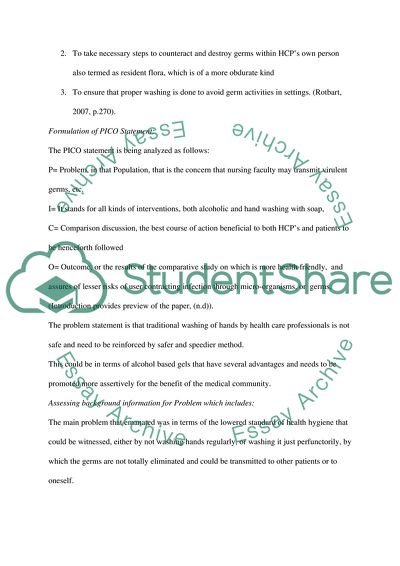Cite this document
(Hand-washing vs Alcohol Gels in Infection Prevention Coursework, n.d.)
Hand-washing vs Alcohol Gels in Infection Prevention Coursework. Retrieved from https://studentshare.org/nursing/1724397-nursing-handwashing-vs-alcohol-based-gels-in-infection-prevention
Hand-washing vs Alcohol Gels in Infection Prevention Coursework. Retrieved from https://studentshare.org/nursing/1724397-nursing-handwashing-vs-alcohol-based-gels-in-infection-prevention
(Hand-Washing Vs Alcohol Gels in Infection Prevention Coursework)
Hand-Washing Vs Alcohol Gels in Infection Prevention Coursework. https://studentshare.org/nursing/1724397-nursing-handwashing-vs-alcohol-based-gels-in-infection-prevention.
Hand-Washing Vs Alcohol Gels in Infection Prevention Coursework. https://studentshare.org/nursing/1724397-nursing-handwashing-vs-alcohol-based-gels-in-infection-prevention.
“Hand-Washing Vs Alcohol Gels in Infection Prevention Coursework”. https://studentshare.org/nursing/1724397-nursing-handwashing-vs-alcohol-based-gels-in-infection-prevention.


